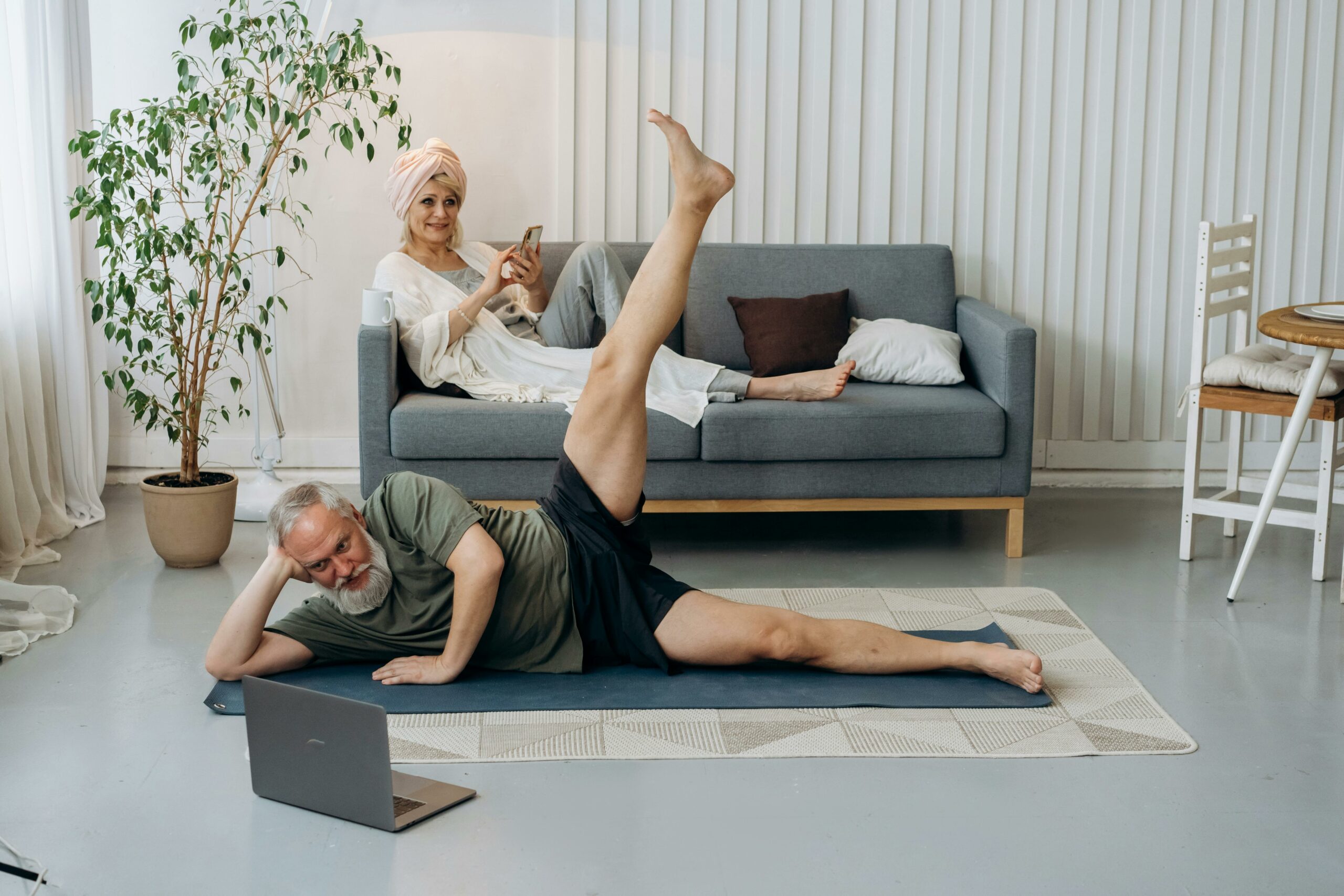Sitting Too Much As Dangerous as Smoking and Obesity
Category: Healthy Aging

I was diagnosed this last year with PAD (peripheral arterial disease), a common circulatory problem in which narrowed arteries reduce blood flow to your limbs….when you develop peripheral artery disease (PAD), your extremities — usually your legs — don’t receive enough blood flow to keep up with demand. I was told that the remedy for this is to “keep moving.” I have taken this advice seriously. I now monitor my steps each day (making sure I walk a minimum of one mile per day) and try not to sit for too long a time. Joining a gym and participating in daily water aerobic classes have really helped as well.
Did you know that sitting can be as bad as smoking and obesity and is an important risk factor for chronic disease? But then, of course, it can be offset by that quick trip to the gym. Right? Not according to the Mayo Clinic who states that the answer lies in less sitting and more moving. They state, “the muscle activity needed for standing and other movement seems to trigger important processes related to the breakdown of fats and sugars within the body. When you sit, these processes stall — and your health risks increase. When you’re standing or actively moving, you kick the processes back into action.”
I recently read this fact that was unnerving: An August study from the British Journal of Sports Medicine found that every hour you sit in front of the TV, you can slash your life expectancy by nearly 22 minutes. The Mayo Clinic found that an analysis of 13 studies of sitting time and activity levels revealed that those who sat for more than eight hours a day with no physical activity had a risk of death similar to the risks of dying posed by obesity and smoking.
So what would be the results if we moved more? Of course, more calories would be burned which may lead to weight loss and hopefully increased energy. Muscle tone would also be improved as well as increased mental well-being. Regarding my situation with PAD, several randomized clinical trials have shown that walking can make a real difference for people with peripheral artery disease, says Emile R. Mohler, III, MD, late Director of Vascular Medicine at Penn Medicine.
“Any other exercise is fine. There’s no limitation in what a person with peripheral artery disease can do,” Dr. Mohler notes. “But the majority of the clinical trials out there support the benefits of walking. That is why we recommend it for our patients.” This comment definitely motivates me to keep up my determination to walk, walk, walk, every day!
If you find yourself sitting for more than 30 minutes at a time….get up and move ~ even taking a quick walk around the workplace (or home) can make a difference.



Facebook Comments